 |
Key Guidelines for Introducing Kids to New Dogs:
|
| Teaching children to greet unknown dogs safely fosters positive interactions and prevents mishaps. Understanding dog behavior, asking for permission, and calmly approaching kids and adults can create safe and respectful encounters. Proper dog training also enhances their comfort around strangers.
In this article, we explore the essential steps for safely greeting unknown dogs, focusing on teaching children proper etiquette and understanding canine behavior. Learn how to foster positive interactions while ensuring safety and comfort for both kids and dogs. |
|
Understanding Dog Behavior
Before teaching kids how to greet a dog, it’s important to understand basic dog behavior:
- Body Language: Canines communicate primarily through body language. Wagging tails, relaxed postures, and friendly facial expressions indicate a dog might be approachable. Conversely, a dog showing signs of anxiety, fear, or aggression, such as growling, stiff posture, or tucked tail, should be given space.
- Personal Space: Just like people, dogs have personal boundaries. Some dogs are comfortable with close interactions, while others prefer more distance.
- Approach Cues: Dogs rely on their senses to evaluate new situations. A sudden or aggressive approach can startle them, whereas a calm, gentle approach is more likely to result in a positive interaction.
Steps to Safely Greet an Unknown Dog
- Ask for Permission: Teach children to always ask the dog’s owner for permission before approaching. This is crucial as the owner knows their dog’s temperament and whether it’s a good time for an introduction.
- Example: “Hi, can I pet your dog?”
- Approach Slowly and Calmly: If the owner gives the okay, instruct the child to approach the dog slowly and calmly. Quick movements can be perceived as threatening.
- Let the Dog Come to You: Encourage the child to stand still and let the dog approach them. This allows the dog to feel in control of the situation and reduces anxiety.
- Offer a Closed Fist: Have the child extend a hand with a closed fist for the dog to sniff. This is less intimidating than an open palm and familiarizes the dog with the child’s scent.
- Pet Gently: Once the dog seems comfortable, the child can gently pet the dog’s shoulder or chest. Avoid the top of the head or face, as some dogs are sensitive in these areas.
- Example: “Nice to meet you, buddy!”
Teaching Respectful Interactions
- No Hugging or Kissing: Many dogs do not enjoy being hugged or kissed, as these actions can feel restrictive or threatening.
- Avoid Direct Eye Contact: Direct eye contact can be challenging in animals. Teach kids to look at the dog’s body instead.
- Recognize Stress Signals: Help children identify when a dog is uncomfortable or stressed, such as yawning, lip licking, or looking away. If a dog shows these signs, it is best to give it space.
Role-Playing Scenarios
Practicing these steps through role-playing can help children become more comfortable and confident in greeting dogs. Stuffed animals or family pets can be used to simulate various scenarios, reinforcing the importance of each step.
Teaching children how to greet an unknown dog respectfully and safely is an essential skill that fosters positive interactions and helps prevent accidents. By understanding dog behavior, asking for permission, and approaching calmly, kids can learn to make new four-legged friends while ensuring their safety and the dog’s comfort. With these guidelines, your child will be well-prepared to say “hi” to dogs in an enjoyable way for everyone involved.
How to Train Your Dog to Accept Strangers: Command and Training Table
Training your dog to accept strangers is a vital aspect of socialization that can enhance their behavior and make social situations more comfortable. Here’s a detailed table of commands and training steps to help your dog feel more at ease around unfamiliar people.
| Training Step | Command | Description | Tips |
| Basic Obedience Training | Sit, Stay, Come | Ensure your dog has mastered basic commands. | Use positive reinforcement with treats and praise. |
| Controlled Exposure | None | Gradually expose your dog to strangers in a controlled environment. | Start with a distance and gradually decrease it. |
| Positive Associations | Treat | Associate strangers with positive experiences, such as treats or toys. | Have strangers offer treats to the dog. |
| Ignore and Observe | Watch Me | Teach your dog to focus on you instead of the stranger. | Use the “Watch Me” command to redirect their attention. |
| Desensitization | Easy, Gentle | Gradually increase the level of interaction with strangers. | Monitor your dog’s body language and comfort level. |
| Controlled Greetings | Say Hi | Allow controlled, calm greetings with strangers. | Ensure the stranger knows how to approach calmly. |
| Reward Calm Behavior | Good, Yes | Reinforce calm and relaxed behavior around strangers. | Reward your furry buddy with treats and praise for calmness. |
| Practice in Different Settings | None | Practice meeting strangers in various environments (parks, streets, home). | Vary the locations to generalize the behavior. |
| Use of a Muzzle (if necessary) | None | If your dog has a history of aggression, use a muzzle during initial training sessions. | Ensure the muzzle is comfortable and properly fitted. |
| Controlled Off-Leash Time | Free, Okay | Allow off-leash time in a secure area to practice calm behavior without the constraint of a leash. | Only in a secure, fenced area and under supervision. |
| Socialization Classes | None | Enroll your dog in socialization classes or controlled playgroups. | Look for classes run by experienced trainers. |
| Relaxation Techniques | Settle, Relax | Teach your dog to relax on cue using techniques like mat training or calm petting. | Use a designated spot like a mat or bed for consistency. |
Training Commands and Descriptions
1. Sit, Stay, Come: Basic obedience commands that establish control and focus.
- Sit: Have your dog sit to create a calm starting point.
- Stay: Teach your dog to stay positioned to prevent rushing towards strangers.
- Come: Use this to call your dog back if they become too excited.
2. Watch Me: A command to redirect your dog’s focus onto you instead of the stranger.
- Hold a treat near your face and say “Watch Me.”
- Reward your canine when they make eye contact.
3. Easy, Gentle: Commands to encourage calm, slow interactions.
- Use a soothing voice to calm your dog during interactions.
- Reward for gentle behavior.
4. Say Hi: A command to allow controlled greetings.
- Only use this command when the stranger is calm and understands how to approach the dog.
5. Good, Yes: Marker words to reinforce positive behavior.
- Use these words to mark and reward calm and relaxed behavior.
6. Free, Okay: Release commands signal a controlled exercise’s end.
- Use these to indicate when your dog is free to move or play.
7. Settle, Relax: Commands to teach your dog to calm down on cue.
- Use a specific spot (like a mat) and encourage your furry friend to relax.
Tips for Successful Training
- Patience and Consistency: Training takes time, so be patient and consistent with your instructions and rewards.
- Positive Reinforcement: Always use positive reinforcement to encourage desired behaviors.
- Monitor Body Language: Pay close attention to your canine’s body language to ensure they are comfortable and not stressed.
- Gradual Progression: Increase the difficulty level gradually to avoid overwhelming your dog.
- Professional Help: If your furry friend shows signs of severe anxiety or aggression, consider seeking help from a professional dog trainer or behaviorist.
Dos and Don’ts When Meeting or Petting an Unknown Dog
Following certain guidelines is crucial when approaching an unknown dog to ensure a positive and safe interaction. Here’s a table outlining the dos and don’ts when meeting or petting an unknown dog.
| Do’s | Don’ts |
| Ask for Permission | Don’t Approach Without Permission |
| Always ask the dog’s owner if it’s okay to pet their dog. | Never approach or touch a dog without asking the owner first. |
| Approach Slowly and Calmly | Don’t Rush or Run |
| Walk slowly towards the dog, keeping your movements calm. | Avoid running or moving quickly towards the dog, as this can startle them. |
| Offer a Closed Fist to Sniff | Don’t Extend Your Hand Over the Dog’s Head |
| Let the canine sniff your closed fist before attempting to pet. | Reaching over a dog’s head can be perceived as threatening. |
| Pet the Dog Gently on the Side or Chest | Don’t Pet the Dog on the Head or Face |
| Focus on petting the dog gently on the side or chest. | Some dogs are sensitive about their head and face being touched. |
| Observe the Dog’s Body Language | Don’t Ignore Warning Signs |
| Pay attention to the dog’s body language for signs of comfort or discomfort. | If the canine shows signs of anxiety or aggression, do not continue to approach. |
| Use a Calm and Soft Voice | Don’t Make Loud or Sudden Noises |
| Speak to the dog in a calm and gentle tone. | Loud noises can startle the canine and cause stress. |
| Stand or Squat Sideways to the Dog | Don’t Lean Over the Dog |
| Position yourself sideways to appear less threatening. | Leaning over the dog can make them feel trapped or threatened. |
| Allow the Dog to Initiate Contact | Don’t Force Interaction |
| Let the dog come to you and initiate contact. | If the dog does not want to interact, do not force them. |
| Be Patient and Give Space | Don’t Crowd the Dog |
| Allow the dog plenty of space and time to feel comfortable. | Crowding can make the dog feel anxious or defensive. |
| Reward Calm Behavior | Don’t Overwhelm with Attention |
| If the dog is calm and friendly, reward them with gentle petting or a treat. | Too much attention at once can overwhelm the dog. |
Most Approachable and Less Approachable Dog Breeds
When considering which dogs might be more likely to enjoy being petted, it’s important to remember that individual temperament varies. Certain breeds are generally known for being friendly and approachable, while others may be more reserved or have specific traits that make them less likely to enjoy petting from strangers.
| Most Approachable Dogs | Less Approachable Dog |
| Golden Retriever | Chow Chow |
| Known for their friendly and tolerant nature. | Can be aloof and territorial. |
| Labrador Retriever | Shiba Inu |
| Friendly, outgoing, and good with families. | Independent and can be wary of strangers. |
| Cavalier King Charles Spaniel | Afghan Hound |
| Gentle, affectionate, and loves human contact. | Independent and aloof. |
| Beagle | Basenji |
| Sociable and enjoys attention from people. | Reserved and can be indifferent to strangers. |
| Bichon Frise | Akita |
| Cheerful, playful, and friendly with strangers. | Can be dominant and reserved with strangers. |
| Pug | Dachshund |
| Loving and enjoys human companionship. | Can be wary and protective. |
| Boxer | Shar Pei |
| Playful and good with children and strangers. | Can be standoffish and aloof. |
| Cocker Spaniel | Great Pyrenees |
| Friendly, affectionate, and enjoys petting. | Independent and can be protective. |
| Newfoundland | Chihuahua |
| Gentle giant, known for being patient and sweet. | Can be very protective and temperamental. |
| Bulldog | Jack Russell Terrier |
| Calm, friendly, and enjoys human interaction. | Energetic and can be reserved with strangers. |
Tips for Petting Unknown Dogs
Regardless of breed, always follow these tips when approaching and petting an unknown dog:
- Ask for Permission: Always ask the dog’s owner if petting their dog is okay.
- Approach Slowly and Calmly: Move toward the dog in a non-threatening manner.
- Offer a Closed Fist: Let the dog sniff your closed fist before attempting to pet.
- Pet Gently: Focus on petting areas like the side or chest rather than the head.
- Observe Body Language: Pay attention to the dog’s signals to ensure they are comfortable.
- Use a Calm Voice: Speak softly and soothingly to the dog.
- Allow the Dog to Initiate: Let the dog come to you and initiate contact.
- Be Patient: Give the dog time to feel comfortable around you.
Top Tools and Resources to Teach Safe Dog Interactions for Kids
|
|
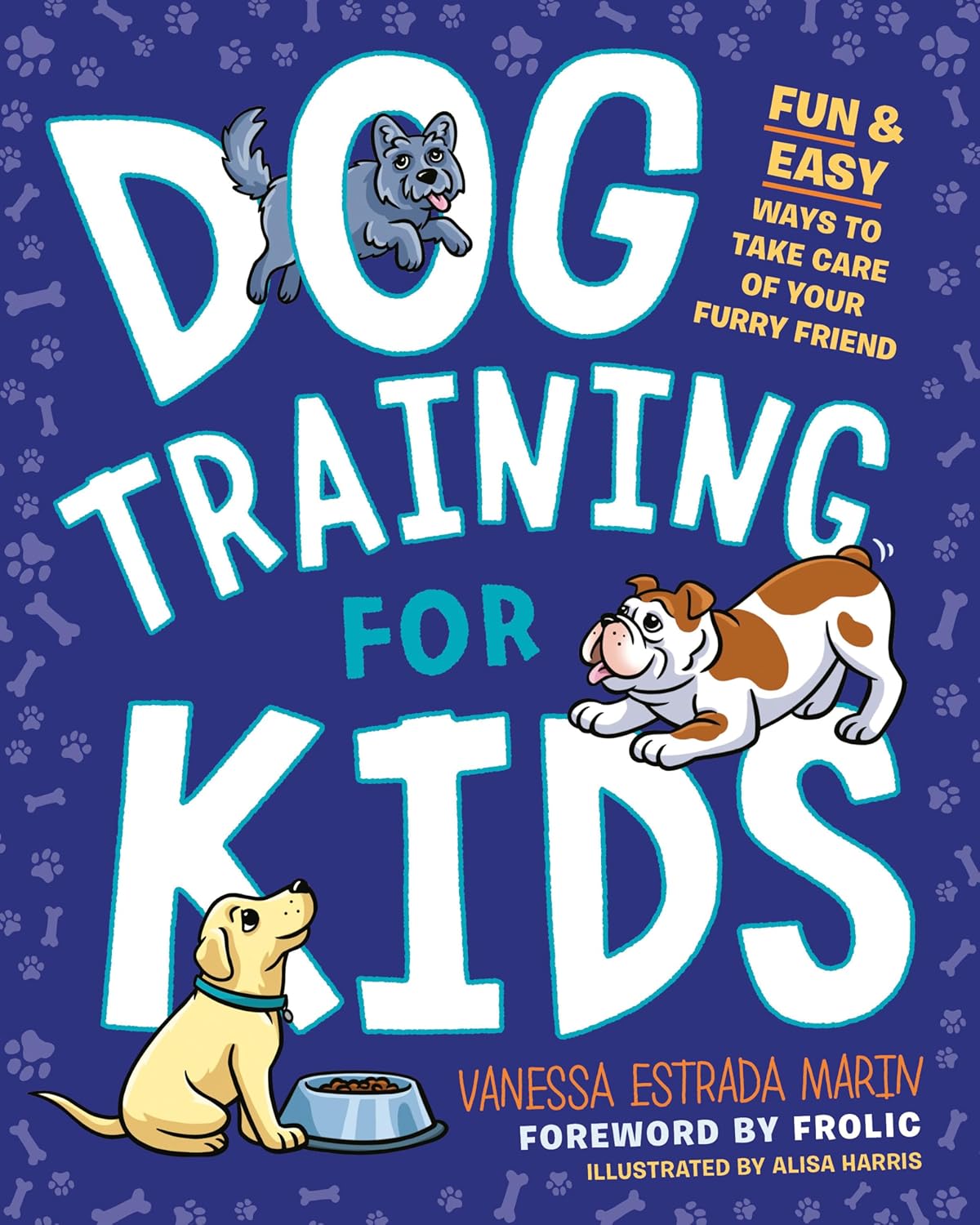 |
||
|
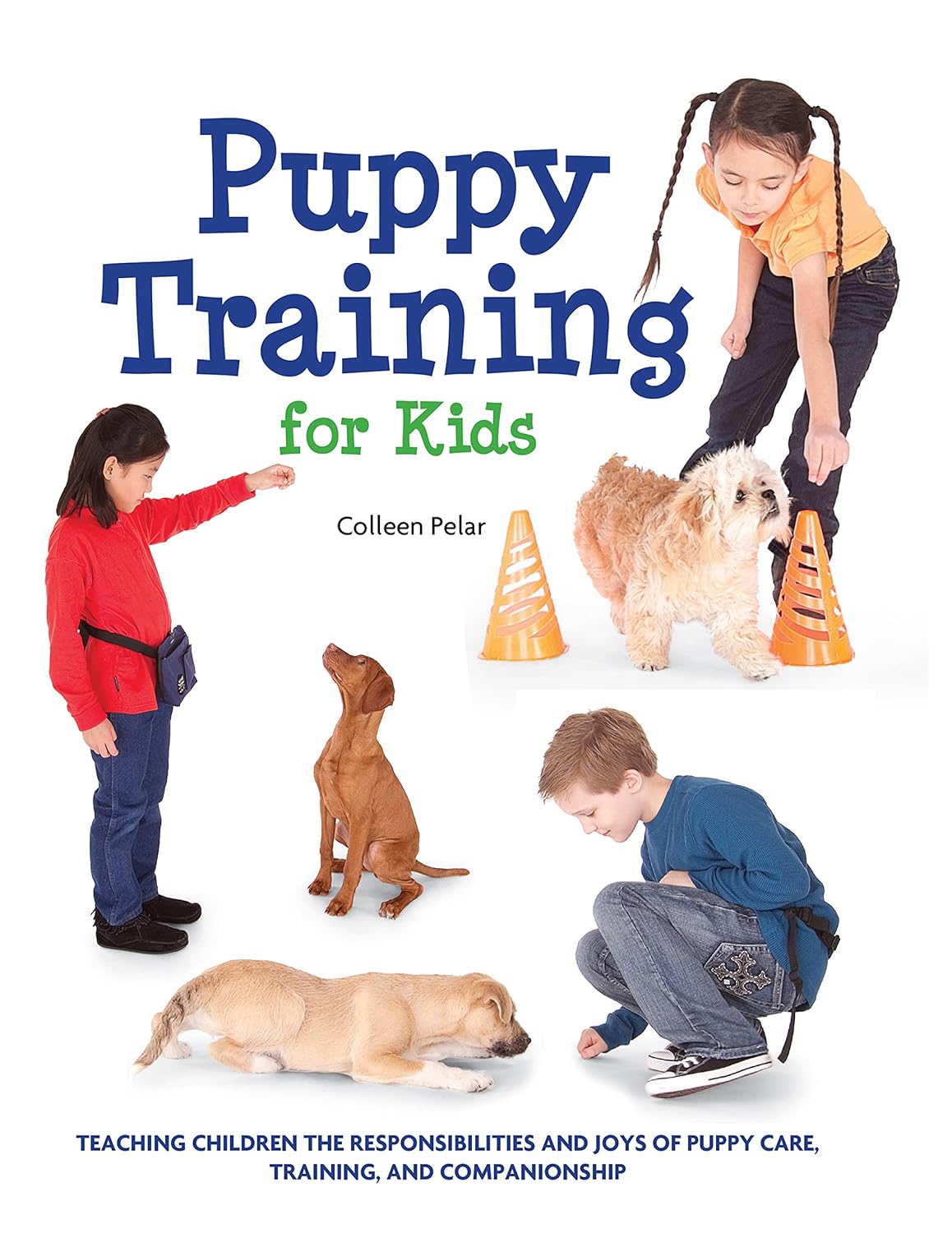 |
||
|
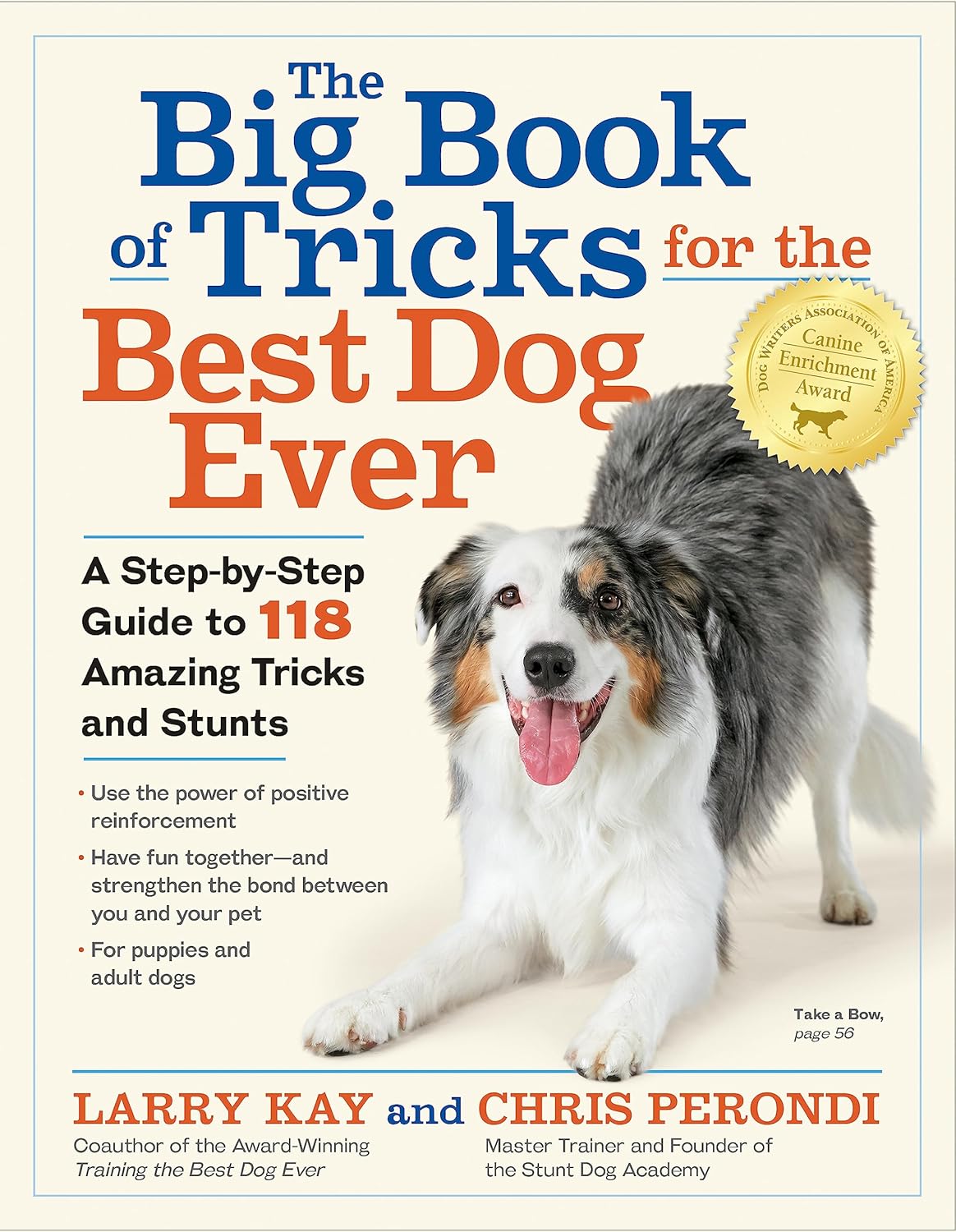 |
||
|
 |
||
|
 |
||
|
 |
||
|
 |
||
|
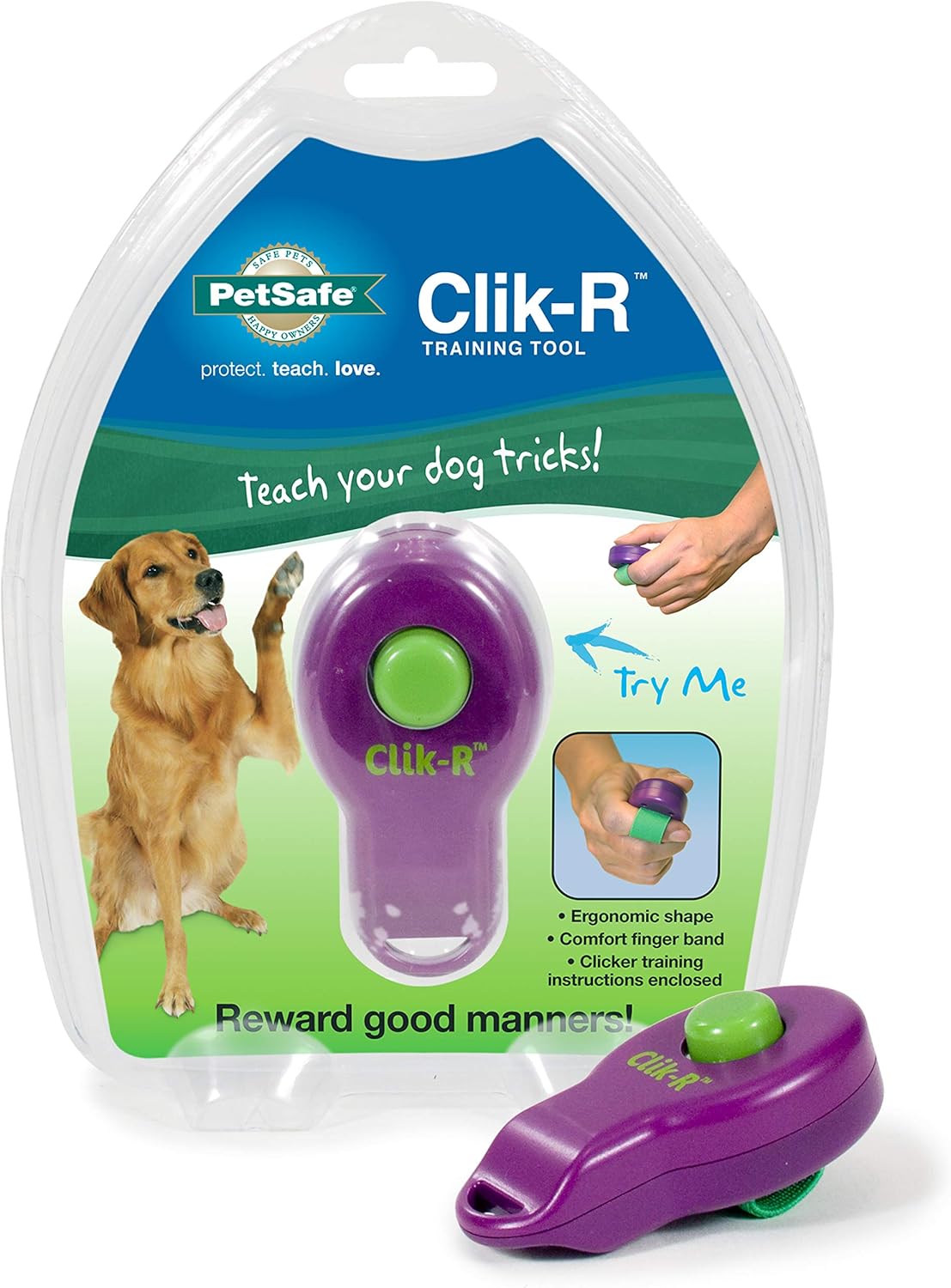 |
||
|
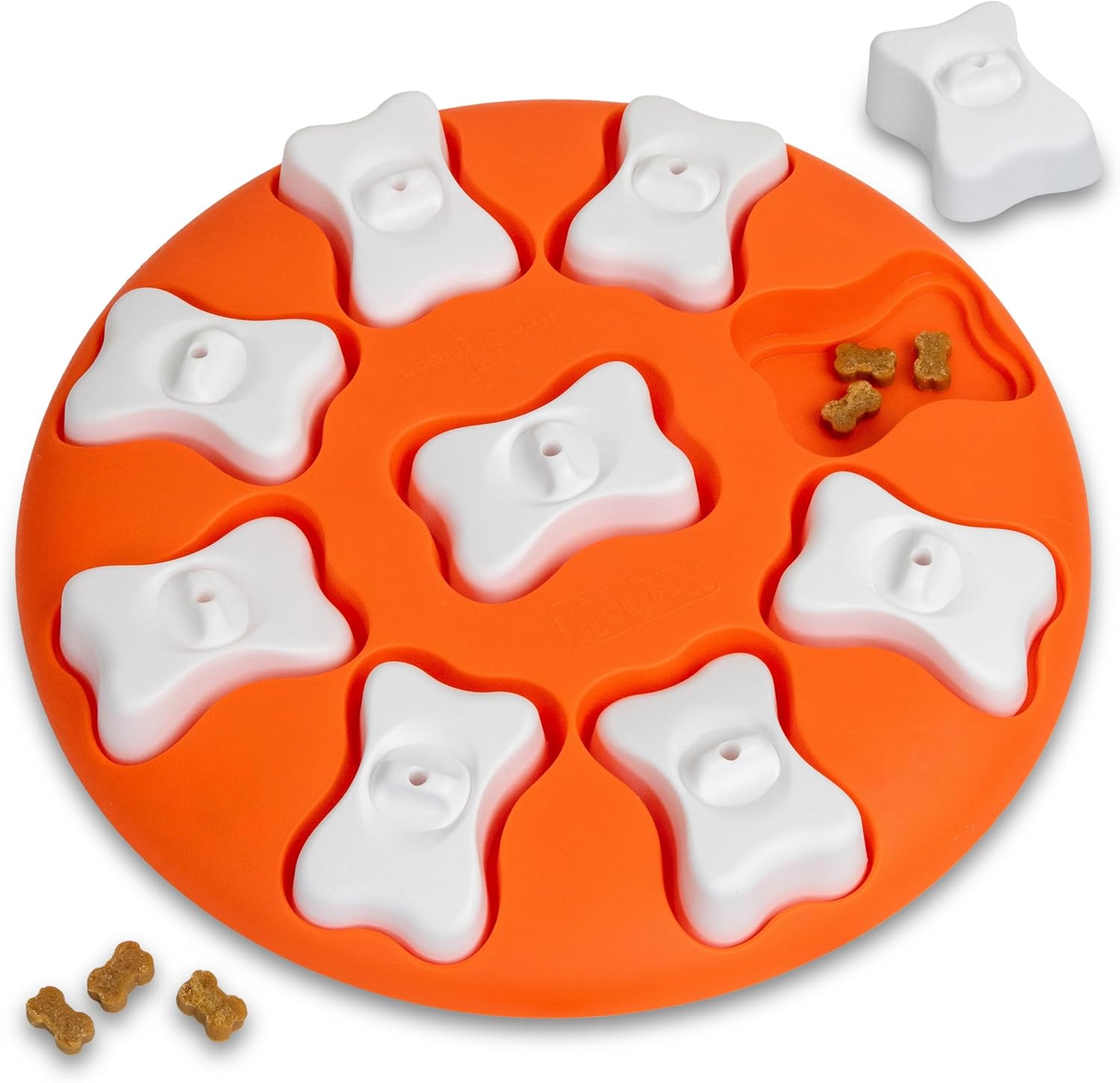 |
||
|
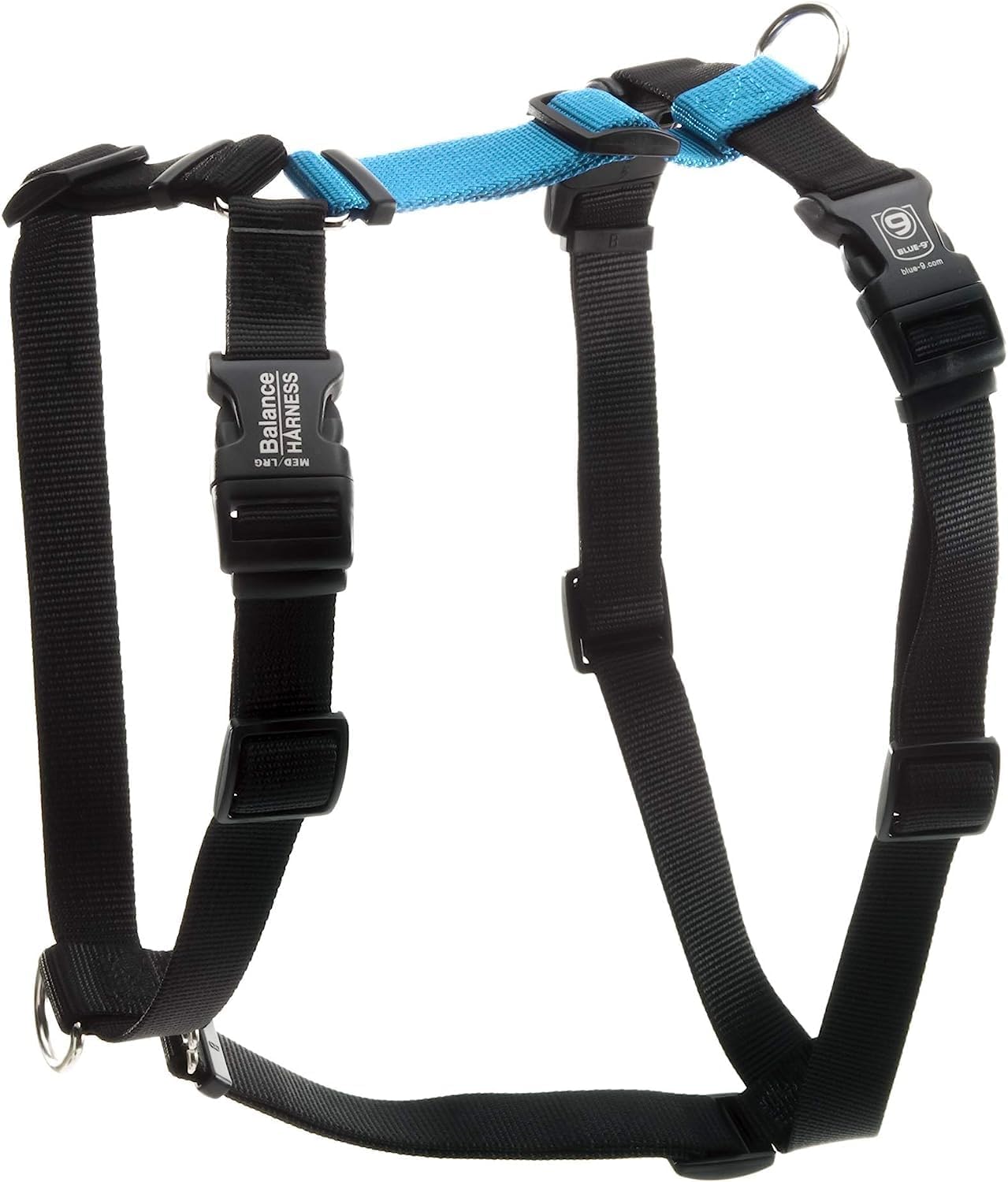 |
Conclusion
Interacting with dogs can be a joyful and enriching experience, but it’s essential to approach them with respect and understanding. Whether you are meeting a friendly Golden Retriever or a more reserved Shiba Inu, remember that each dog has its unique personality and comfort level. By following the guidelines and respecting their boundaries, you can create positive and safe encounters for both you and the dogs you meet.
Teaching children how to appropriately greet and pet dogs is equally important. It ensures their safety and fosters a respectful and compassionate attitude toward animals. By instilling these values early, we can help create a community where dogs and humans coexist harmoniously.
As a dog owner, training your pet to be comfortable with strangers can enhance its social skills and make everyday interactions more pleasant. Patience, consistency, and positive reinforcement are key to helping your furry friend feel more at ease around new people.
Ultimately, whether you are petting an unknown dog or training your own, the goal is to build trust and understanding. With a thoughtful approach, every interaction can become a positive experience, deepening the bond between humans and their four-legged friends. So the next time you meet a dog, remember to ask for permission, approach calmly, and always be mindful of the dog’s comfort and signals. Happy petting!

